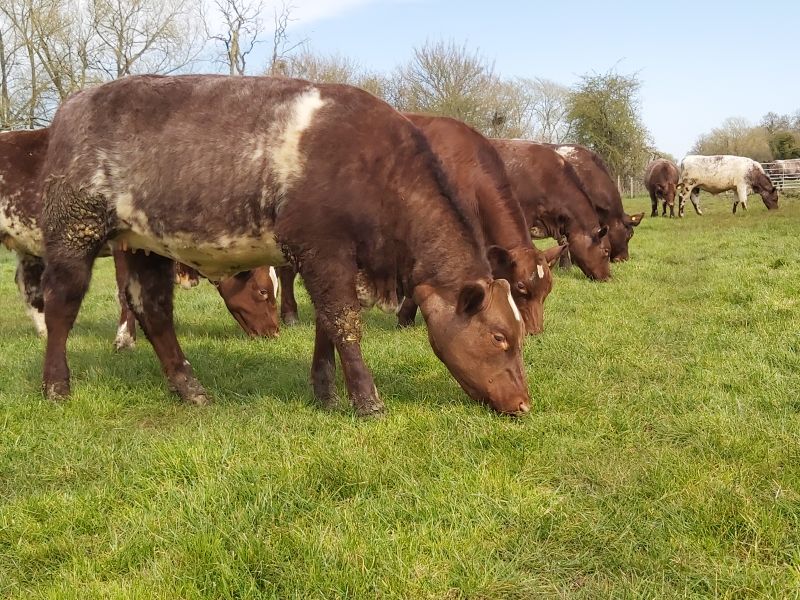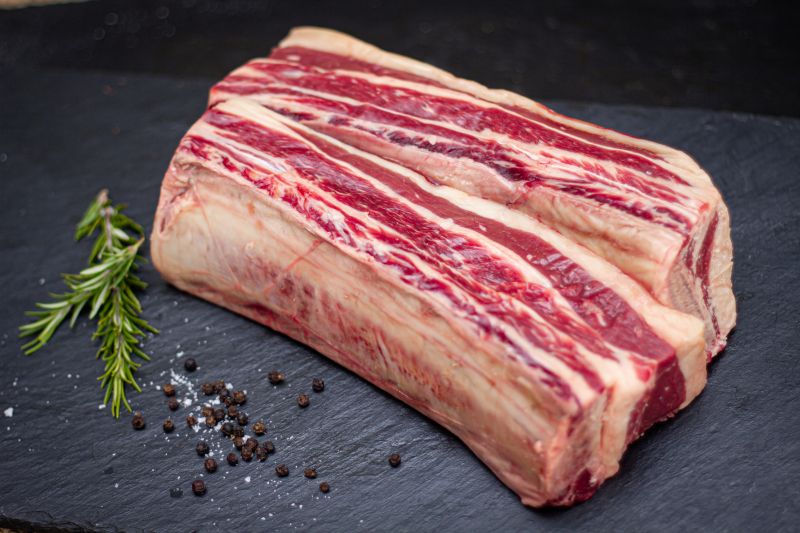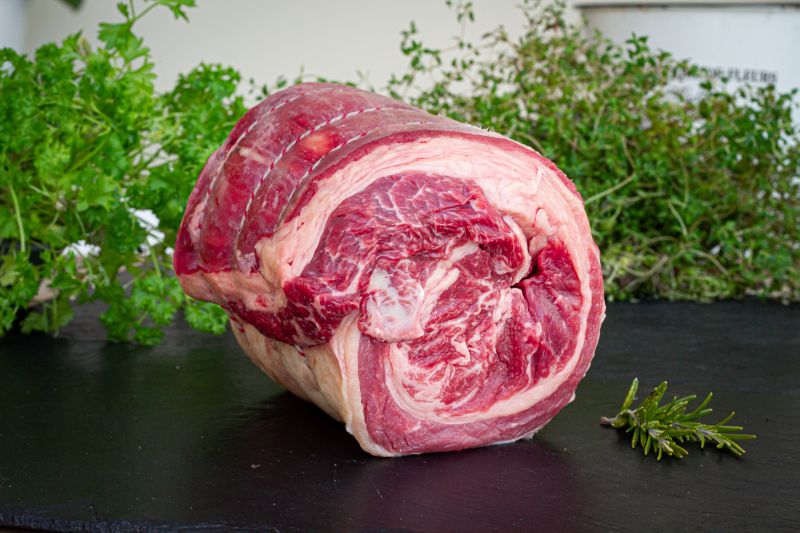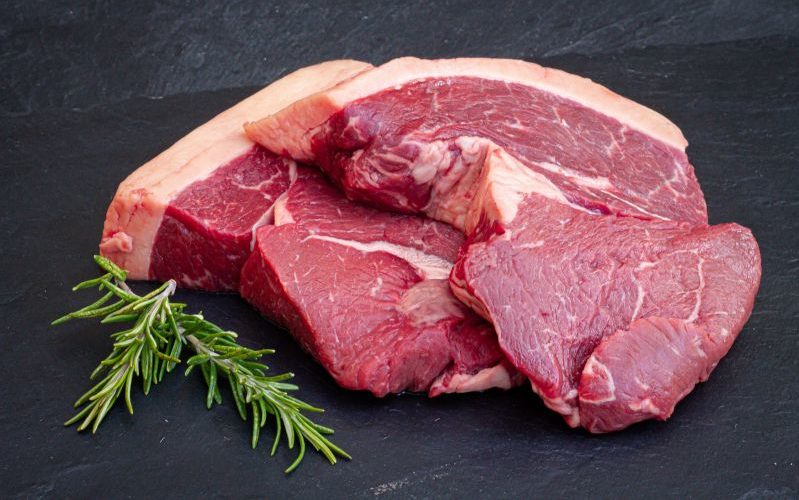Legendary Grass-Fed British Beef
In the past, the UK beef farmer produced some of the finest beef in the world. Then the introduction of continental bloodlines brought quantity and leanness, to the detriment quality and flavour. But over the past decade, we – and other enthusiastic beef breeders – have worked hard to reverse this trend, so you can enjoy the excellence of our heritage British grass-fed beef. Find out more.
“Stanford Park beef has changed our perception of meat. It is so much more delicious than our local butcher or Waitrose and the children can tell a Stanford Park Bolognese over any other. I will never buy from a supermarket again”.
M. de Reuver
What Makes Good Beef?
The Stoneham family established Stanford Park Beef Shorthorns because they recognised that the DNA within the breed is proven to consistently produce marbled, tender, flavoursome eating. There are a multitude of factors that affect how the meat that hits your plate will taste, all linked to welfare and a predominantly grass diet:
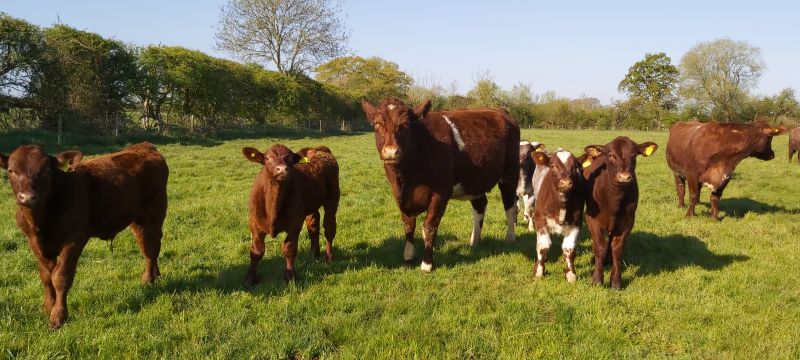

Breed
The Beef Shorthorn is a tremendously maternal cow, docile and milky – making them easy to manage – and producing brilliant meat. They are average sized and their coats vary in colour from mahogany through to roan (mahogany flecked with white) and pure white.
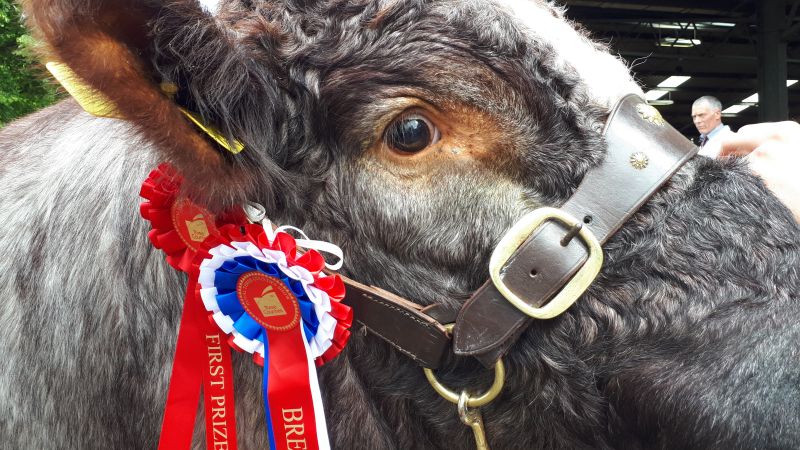

Breeding
As one of the largest Beef Shorthorn breeders in the UK, we have an established programme of measuring and recording known traits that affect meat quality and taste – and breed accordingly.
We are able to select from bloodlines that have been recorded as being above breed average for inter muscular fat (IMF/marbling) thus we can guarantee tender, marbled beef. The fat melts away once cooked resulting in a tremendous eating experience.
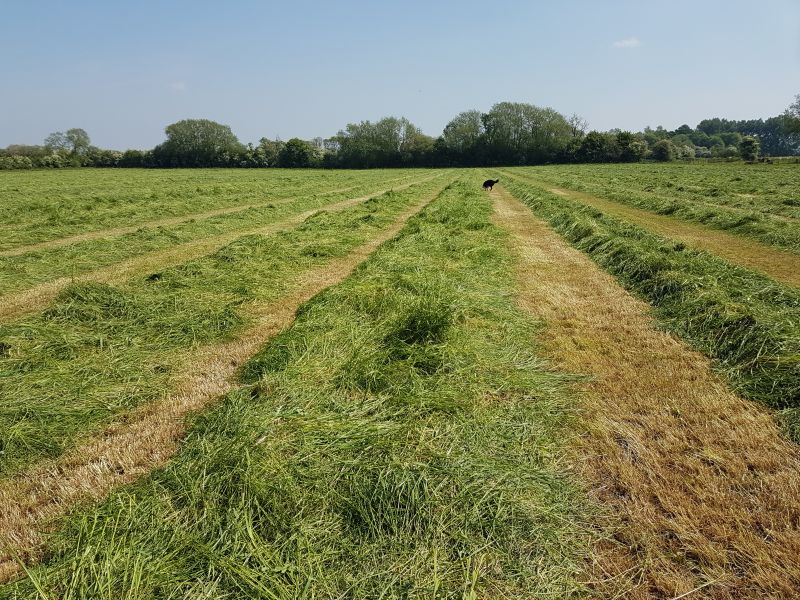

Diet
Our cows give birth in the spring and graze outside on traditional permanent pasture until they come inside for winter in October/November.
Our calves are reared naturally on their mothers until 8-10 months of age, being weaned once they have come inside for winter. Once inside they are fed on a continued grass based ration made up of grass silage, chopped straw and hay. Pre-weaned calves are supplemented with a weaning grain ration to prepare them for weaning.
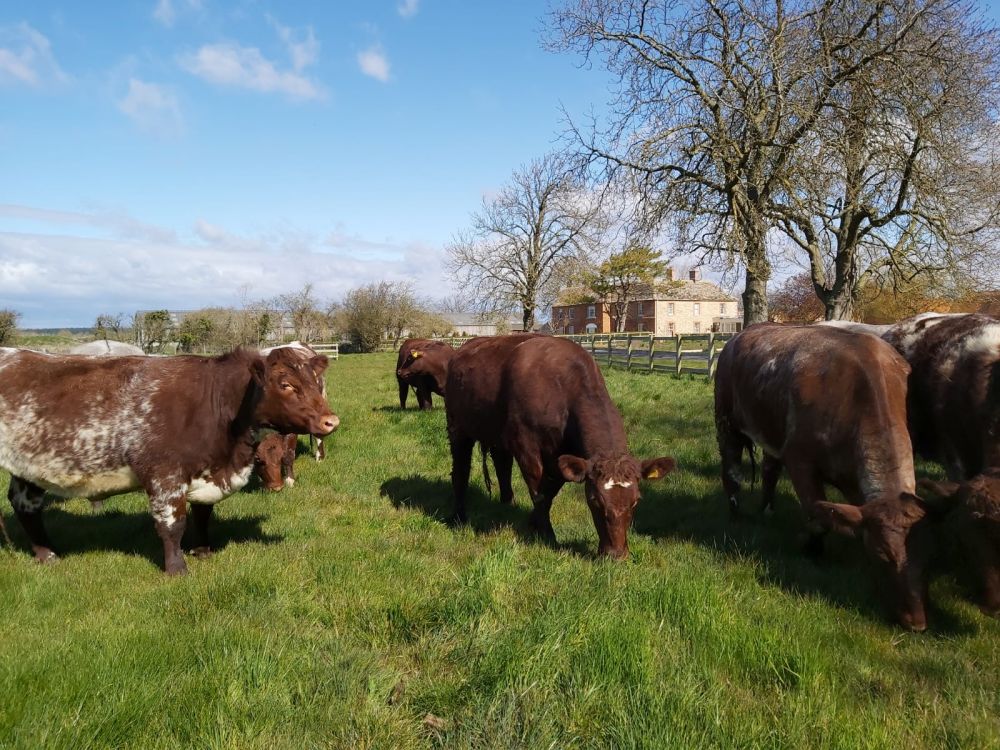

Welfare
The environment we live in has a huge impact on our well-being as human beings. It’s not so very different with cows. Minimising stress in cattle is key to producing great quality beef.
The intensification of farming livestock with growth hormones, excessive medication and unnatural processed feedstuffs together with the broad use of antibiotics has led to welfare criticisms and changes in dietary habits to the extent that some people are giving up on meat entirely, leading to pressure on water and soil erosion in other parts of the world in the production of soya and other protein alternatives.
Our philosophy is that by all means people should eat less meat but the meat they do eat should be the best quality available, preferably grass fed and produced with welfare and provenance at the heart of the process.
At Stanford Park we have the luxury of traditional, permanent pasture where cows graze alongside the ancient workings of Park Island adjacent to the River Ock running up to the back of Stanford-in-the-Vale Village.
In the winter, our cattle are housed in large, state of the art cattle sheds which were bespoke-designed by our Estate Manager, Simon Bradley Farmer, drawing on years of experience working with Beef Shorthorn cattle. They are purpose-built with animal welfare and ease of handling in mind. For example – the roof is especially designed to maximise the ventilation – reducing ‘dead air’ space and minimising the risk of disease.
Our specialised cattle crush was imported from the USA and allows for great efficiency with all veterinary activity and disease prevention, allowing up to 600 animals to be inspected in a single day.
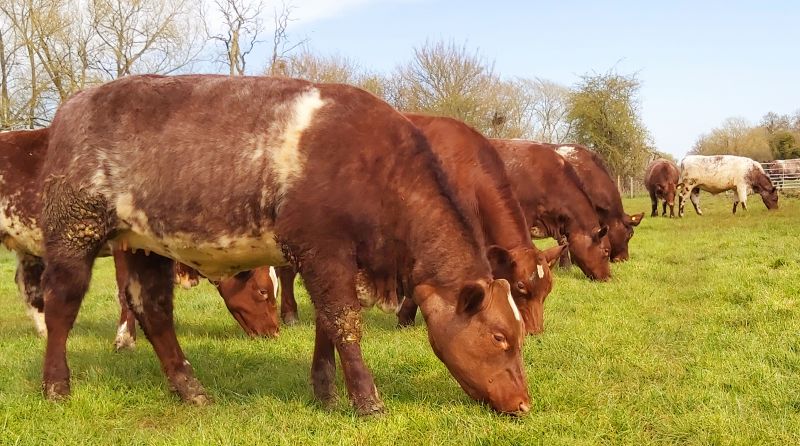

Age
The beef you take home will ordinarily be from a young heifer of around 20-28 months of age. Heifers mature more quickly making the meat sweeter, tender and more flavoursome with a wonderful texture. This has the added bonus of minimising the methane impact on the environment.
Every stage of an animal’s life and everything that happens to the meat from slaughter to the minute it hits your plate will affect how it tastes. Producing a Stanford Park beef meal at home guarantees quality and flavour. We think that occasionally splashing out on really good quality food is one of life’s great pleasures.
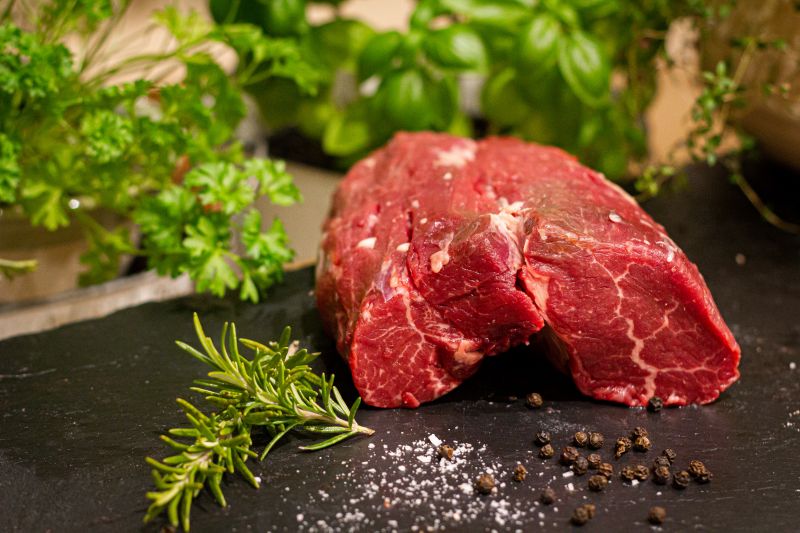

Butchery
We choose to take our cattle to a small local abattoir, one at a time, with no other cattle present. As we’ve already said, minimising stress in animals is the key to producing great quality beef.
Our beef is dry hung for a minimum of 28 days which intensifies the flavour. It is then butchered by a traditional master butcher and the meat is vacuum packed to continue wet ageing and maintain freshness.
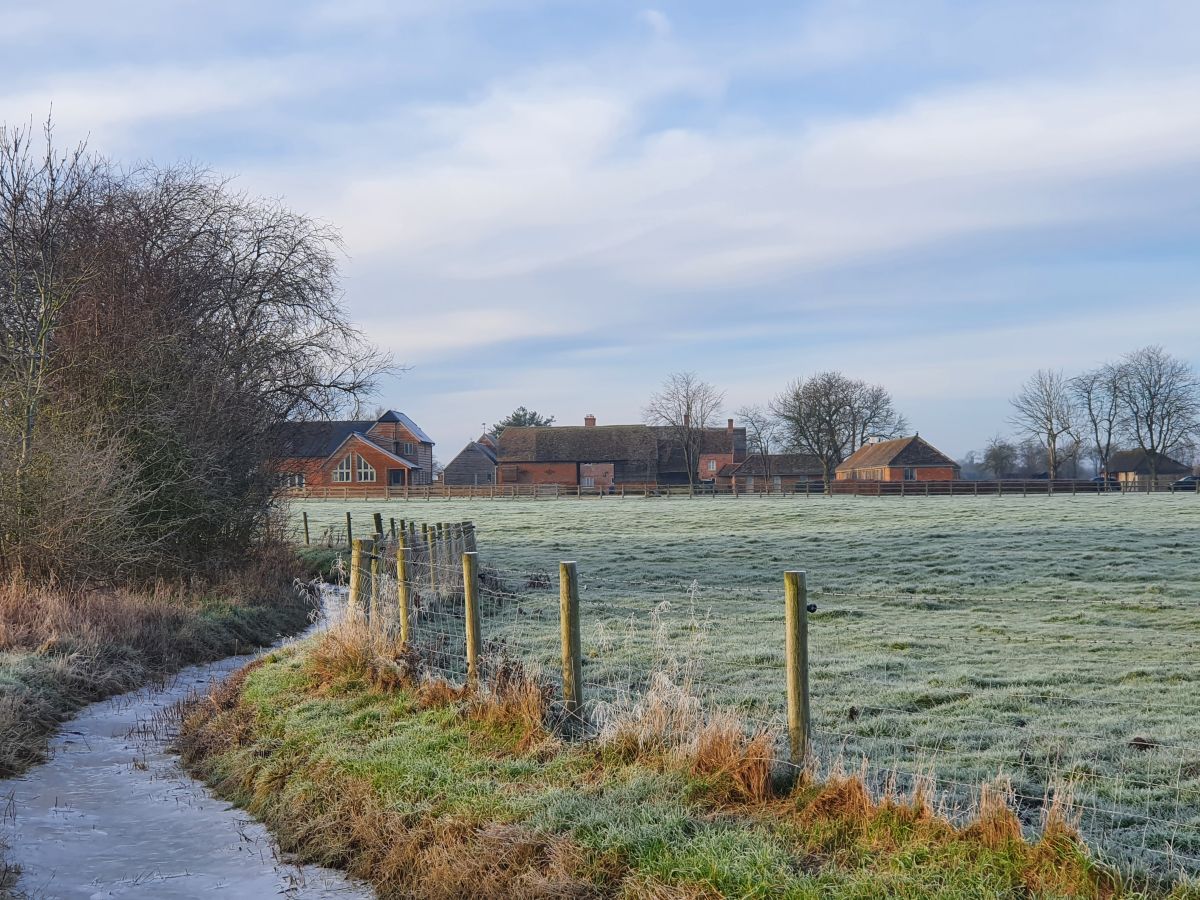

Enhancing Our Environment
Stanford Park’s working philosophy is to stay as close to nature as possible. We are very close to becoming carbon neutral – our permanent Ridge and Furrow pastures are a substantial resource for capturing and retaining carbon. The philosophy on the farm is nurturing the Vale’s grassland that functions as a carbon sink offsetting much of our carbon output and allowing us to minimise inputs.
Stanford Park has over 6½ miles of wildlife corridors and hedgerows as well as free flowing streams and ditches that capture rain water. These provide a habitat to a wide range of species including curlews, lapwings, frogs, newts, as well as our pheasants, ducks, hares and herons… and an array of song birds of course.
By producing our beef from young cattle around 20 -28 months of age, we minimise the methane impact on the environment. The virtuous circle of the straw produced from our arable fields feeding and bedding the cattle becoming a natural manure and being put back onto the land improves soil structure and productivity.

